5 Most Common Cancers in India, Warning Signs, and Tests
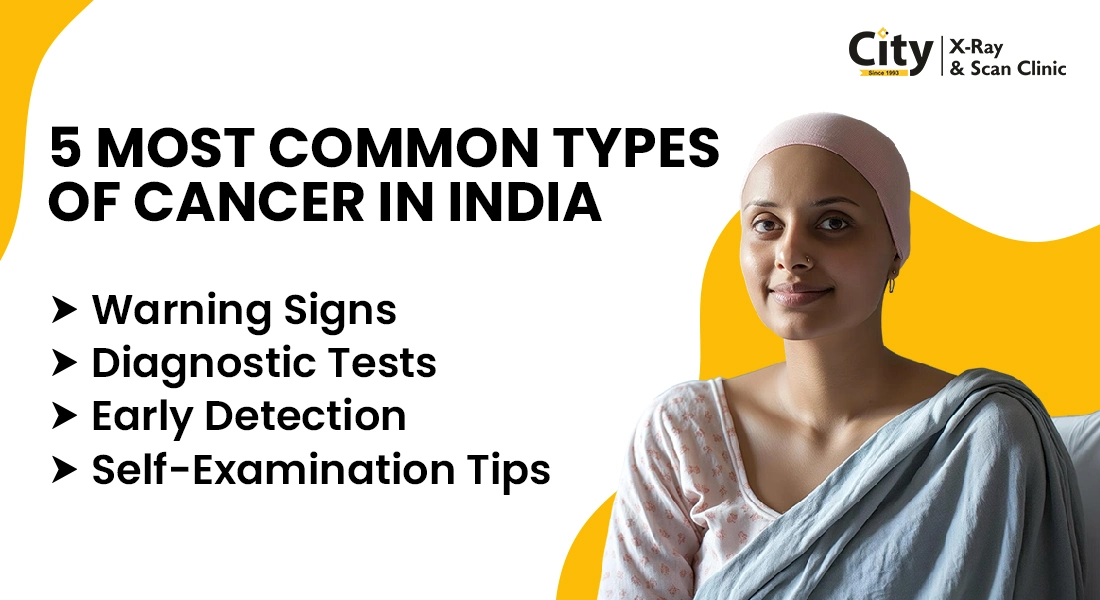
In India, a woman dies from cervical cancer every eight minutes. The enormity of cancer deaths in India is alarming, but maybe the more alarming truth is that most deaths from cancer are preventable.
According to the World Health Organization (WHO), Cancer caused 9.6 million deaths, or 1 in 6 deaths, around the world in 2018. It was the second most common cause of death.
Cancers type like lung, prostate, colorectal, stomach and liver cancer are the most common types of cancer in men, while breast, colorectal, lung, cervical and thyroid cancer are the most common among women. WHO
In our country, while there is a fight to address a constantly increasing burden of cancer on persons of all ages and gender, and in every district and geo-regional space, cancer has historically been fatal, frequently due to the delay of diagnosis, limited access to care, or limited awareness. As the country has transitioned to a paradigm of modern healthcare provision, cancer prevention remains underdeveloped.
This guide will introduce you to what types of cancers and symptoms are prevalent in India, ways of diagnosis, curable cancers, and methods of prevention.
Most Common Types of Cancer in India
It's important to learn about the different types of cancer and symptoms, to help you identify early signs so you can receive timely medical treatment.
Lung Cancer
With air pollution levels continuing to rise and harmful substances present in workplaces, the number of Lung Cancer cases is steadily growing in India. In fact, smoking alone led to over 9,30,000 deaths in 2010, contributing heavily to lung cancer mortality.
Watch out for these signs:
- Long-lasting cough that doesn’t go away
- Pain or tightness in the chest
- Blood in cough
How it’s diagnosed:
- Chest X-ray to spot abnormalities
- Screening (like low-dose CT scans in high-risk people)
- Bronchoscopy to collect tissue
Identifying lung cancer in the early stages gives patients a stronger chance at successful treatment.
Colorectal Cancer
Poor dietary choices—especially low fibre intake—along with a lack of physical activity, are major contributors to Colorectal Cancer. Many patients confuse symptoms with minor digestive issues, delaying diagnosis.
Symptoms often include:
- Blood mixed with stool
- Irregular bowel habits
- Persistent bloating or sudden weight drop
Recommended diagnostic methods:
- Colonoscopy to check the colon’s interior
- Testing stool for hidden (occult) blood
- CT colonography to spot tumours
Breast Cancer
Among Indian women, breast cancer remains the most common cancer. Sedentary lifestyles, hormonal treatments, and delayed pregnancies are pushing the numbers higher. Alarmingly, one out of every two Indian women diagnosed with breast cancer does not survive the disease.
Look for the following symptoms:
- Lump near the breast or under the arm
- Visible or sudden change in breast size or shape
- Inverted nipple or skin pulling
Tests used for diagnosis:
- Manual breast exams by a doctor
- Mammogram to detect hidden lumps
- Ultrasound or biopsy if needed
Oral Cancer
Oral cancer has become a major health concern in India, especially in men. The country’s widespread use of tobacco, gutkha, and cigarettes has turned this into a widespread issue. People generally miss regular screenings, which means most people discover the disease too late.
Early symptoms may include:
- White or red patches inside the mouth
- A sore that refuses to heal
- Trouble chewing or moving the jaw
Tests typically conducted:
- A visual inspection of the mouth
- Biopsy of abnormal tissues
- Scans to check deeper areas of the jaw or neck
India sees around 2,500 deaths every day from tobacco-related illnesses, many of which link back to oral cancer.
Cervical Cancer
Cervical cancer continues to affect a large number of women in India, particularly in under-resourced areas. Poor awareness about HPV infections and the lack of regular screenings result in late detection, often when the disease is already in its advanced stages.
Common warning signs include:
- Bleeding between menstrual cycles or after intimacy
- Unusual vaginal discharge
- Pain deep in the pelvis
Diagnostic methods involve:
- Pap smear to detect abnormal cells
- HPV DNA test to check for viral presence
- Colposcopy and biopsy for closer inspection, if needed
Raising awareness and promoting routine tests are essential steps in lowering the death rate from this preventable cancer.
What Types of Cancers Can Be Cured?
Several forms of cancer respond very well to treatment when diagnosed in time and followed by the right care. Some of the most treatable cancers include:
- Prostate cancer, which often grows slowly and responds well to early treatment
- Thyroid cancer, known for high survival rates, especially when detected early
- Oral cancer, which is curable if caught before it spreads
- Cervical cancer, highly preventable and treatable with regular screening
- Testicular cancer, is curable in its early stages
- Breast cancer, where early detection significantly improves recovery
- Lung cancer can be curable with Early detection, especially Non-Small Cell Lung Cancer (NSCLC)
- Most skin cancers are curable, especially Basal Cell and Squamous Cell types. Even melanoma has a high cure rate
Recovering from cancer depends on quick diagnosis, the quality of medical support, and staying on track with the prescribed treatment. Early action saves lives.
Cancer Prevention: Your First Line of Defence
Preventing cancer isn’t just possible—it’s practical. Many cancers link back to avoidable factors, making early awareness and action your best protection.
Smart Lifestyle Choices to Lower Risk
- Say no to tobacco in any form, and avoid spaces where people smoke. Even second-hand smoke raises your risk.
- Cut back on alcohol, as drinking has been linked to various types of cancer.
- Stay physically active—just 30 minutes of daily exercise can boost your body’s defence system.
- Eat more fibre, along with plenty of fruits and vegetables, to support your digestive health and overall immunity.
- Keep your weight in check, since obesity raises the risk of several cancers, including breast and colorectal.
For women, especially over 30, HPV vaccination and regular screening for cervical and breast cancer are critical steps that can prevent disease or catch it early when treatment works best.
Simple changes today can make a life-saving difference tomorrow.
Understanding Cancer Diagnosis
Getting timely test for cancer diagnosis can save lives. Each type of cancer uses various diagnostic processes depending on the symptoms and risk factors.
Standard testing processes and screening processes are:
- Blood Tests and Tumour Markers
- Ultrasound, CT Scan, MRI and PET scans
- Endoscopies (i.e. colonoscopy, bronchoscopy)
- Biopsies (i.e. needle or open biopsy)
Choosing the proper test for a cancer diagnosis focuses on your history, symptoms and clinical judgement.
Author Bio
The City X-Ray and Scan Clinic in Delhi NCR offers a variety of imaging services like MRI Scans, PET CT Scan, CT scans, mammograms, blood tests, and various other tests that are necessary to detect cancers early. With the right technology, the centre is important to patients in obtaining timely and accurate diagnoses.
If you are exhibiting symptoms that are concerning or have risk factors, scan first. Early detection is still the best defence against cancer.
DISCLAIMER: THIS WEBSITE DOES NOT PROVIDE MEDICAL ADVICE. The information including text, graphics, images, and other material contained on this website is for informational purposes only. No material on this site is intended to be a substitute for professional medical advice, diagnosis, or treatment. Contact a health expert if you have questions about your health.




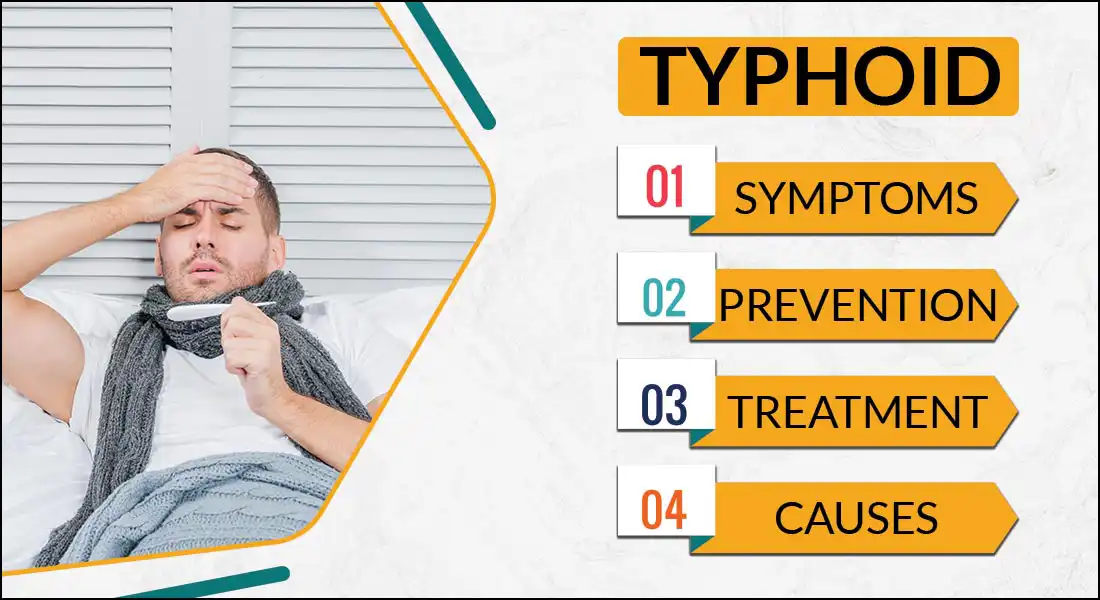
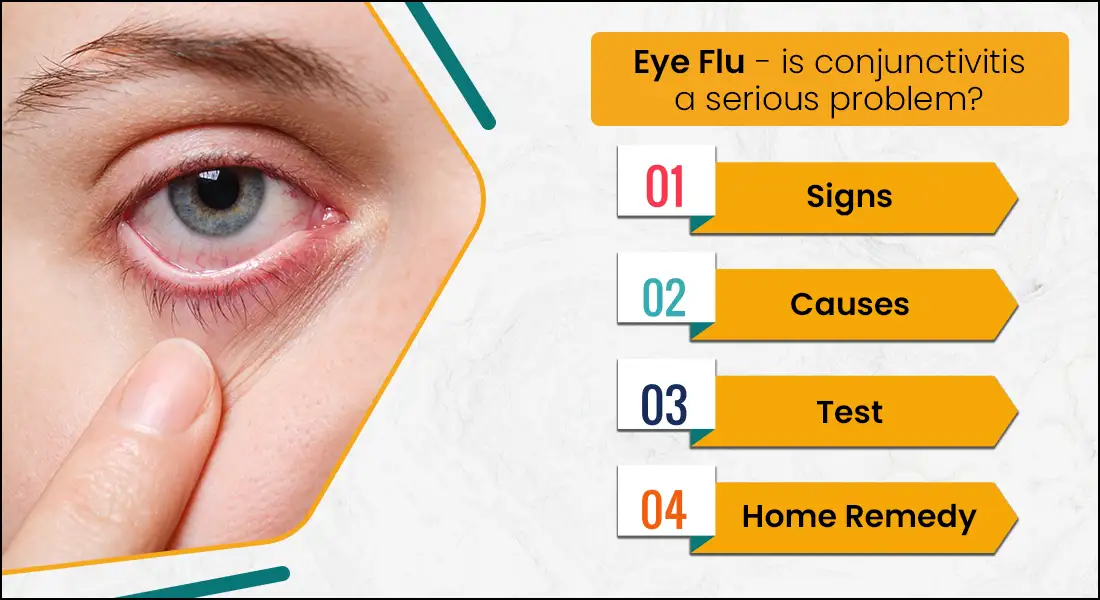
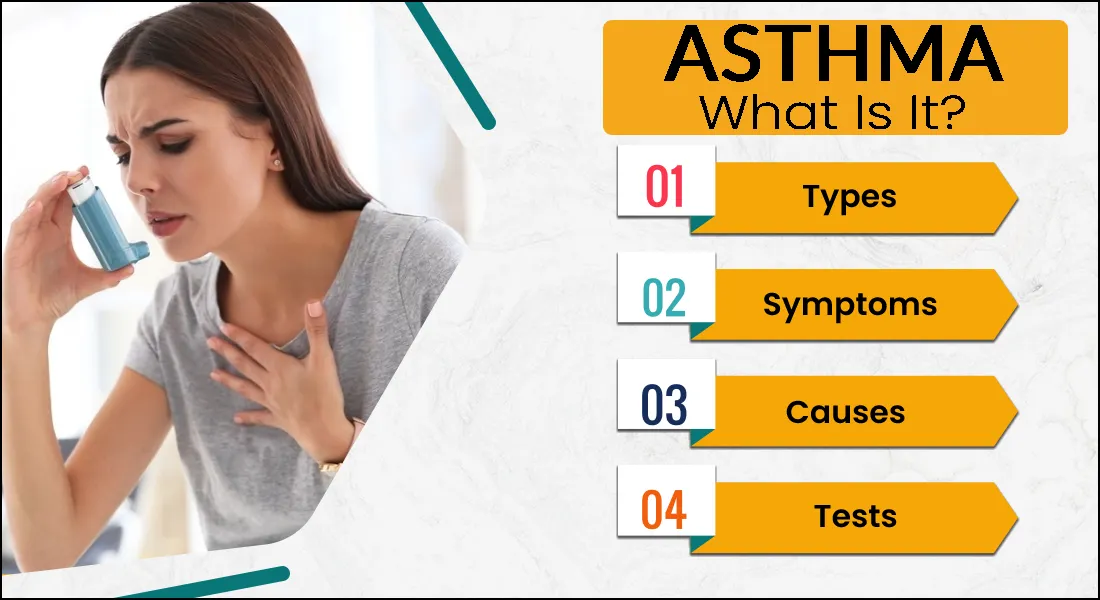
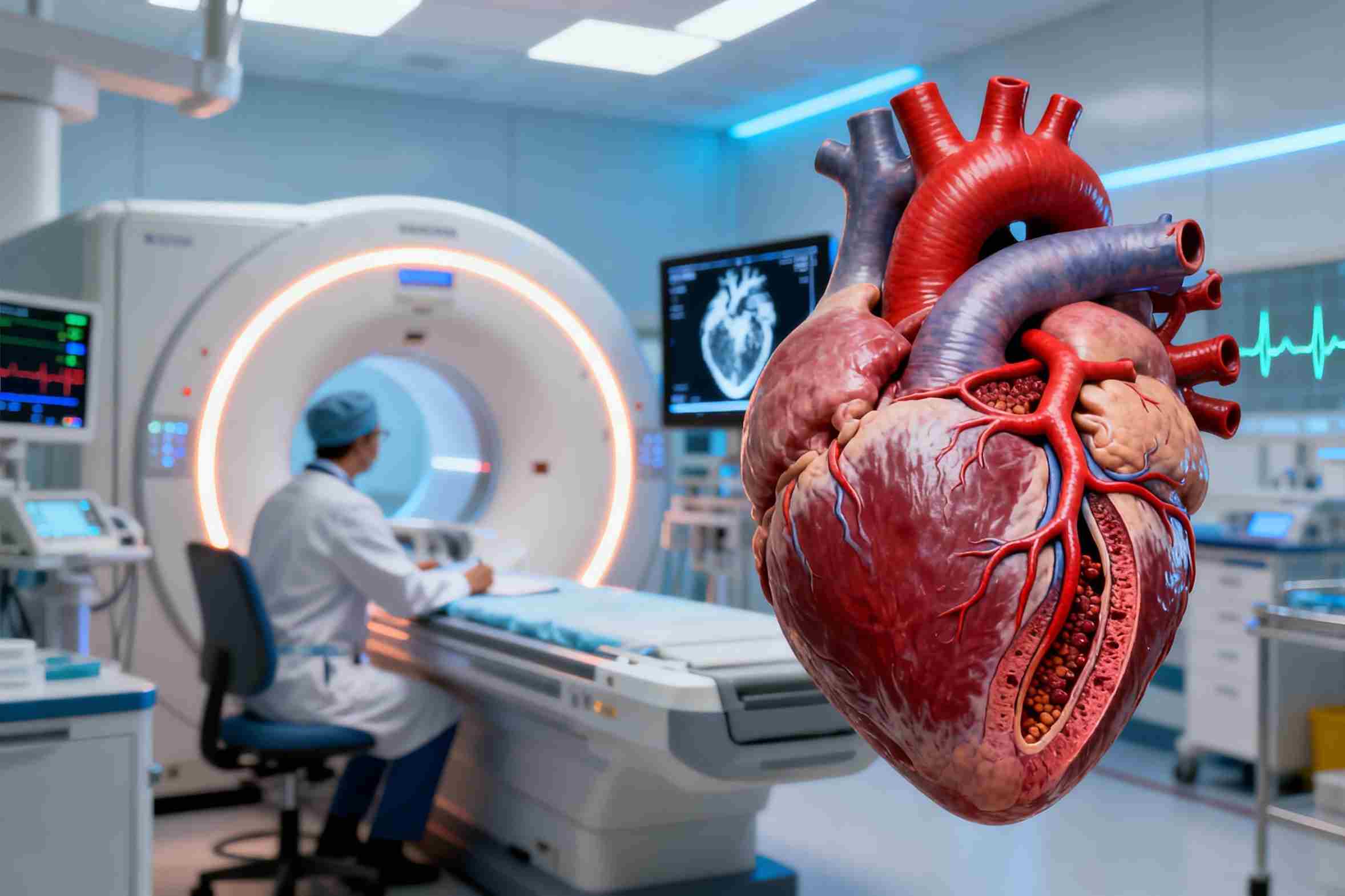

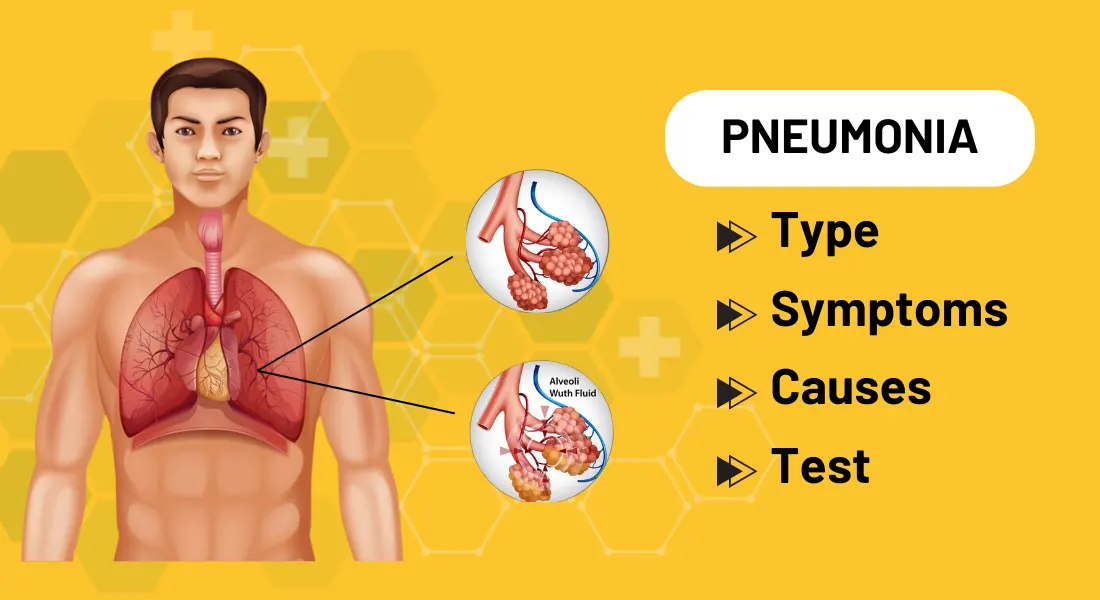
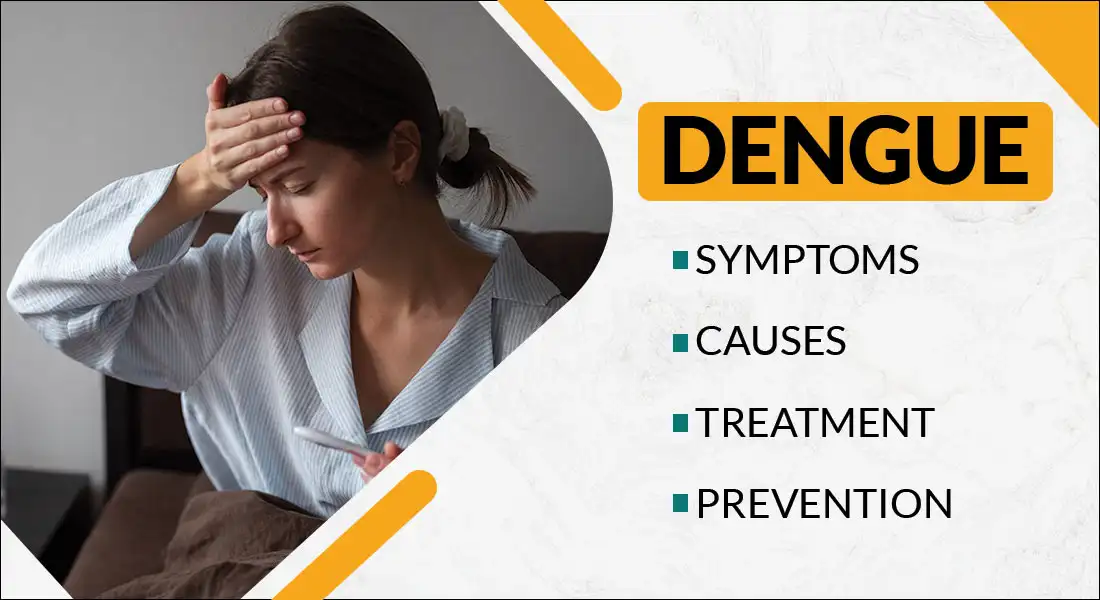
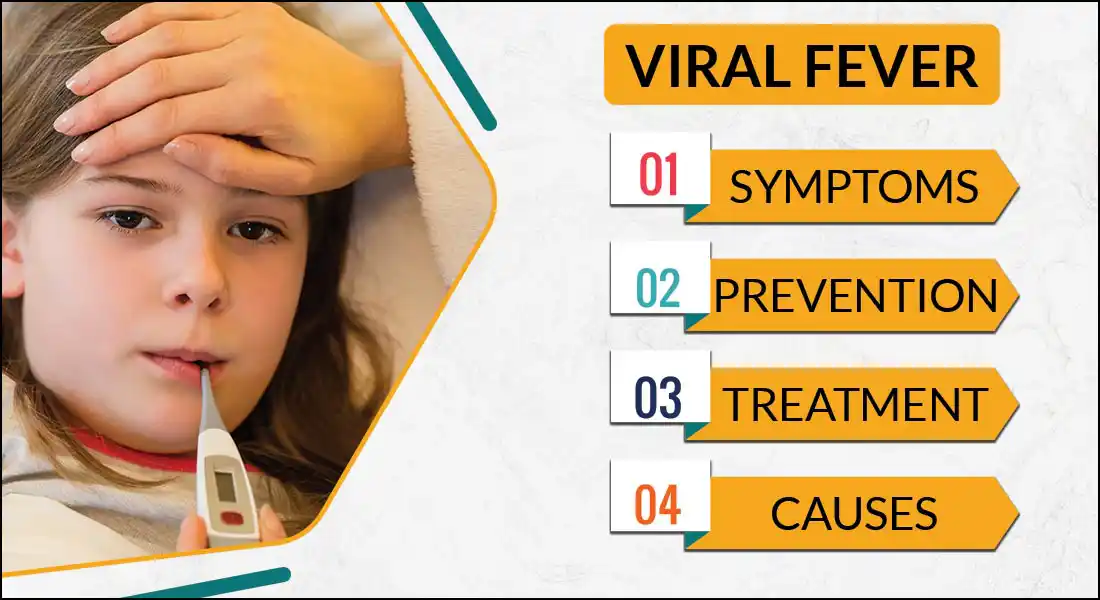
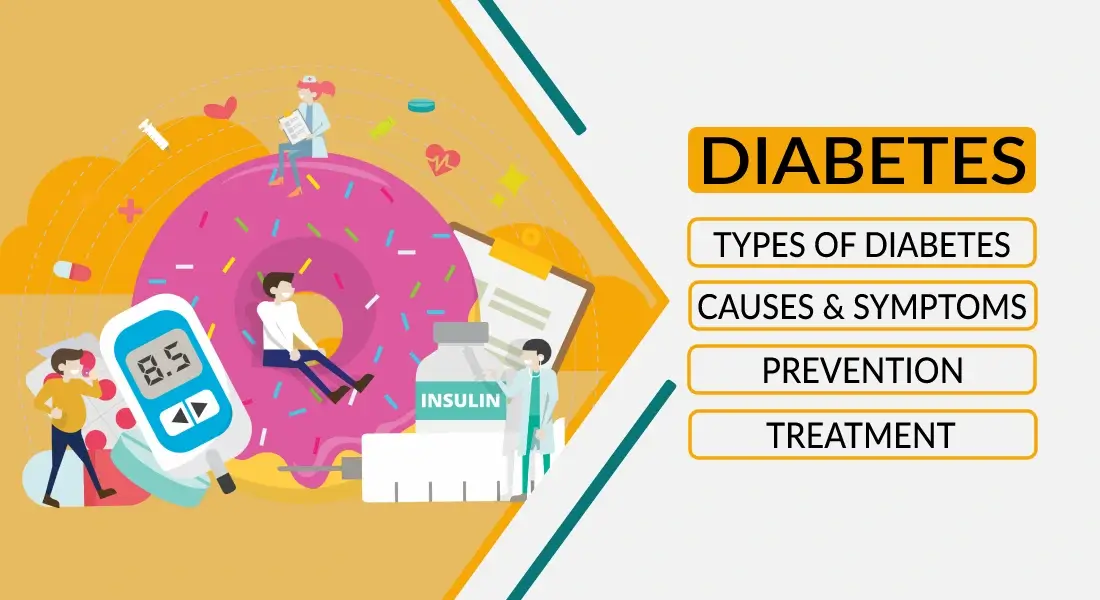
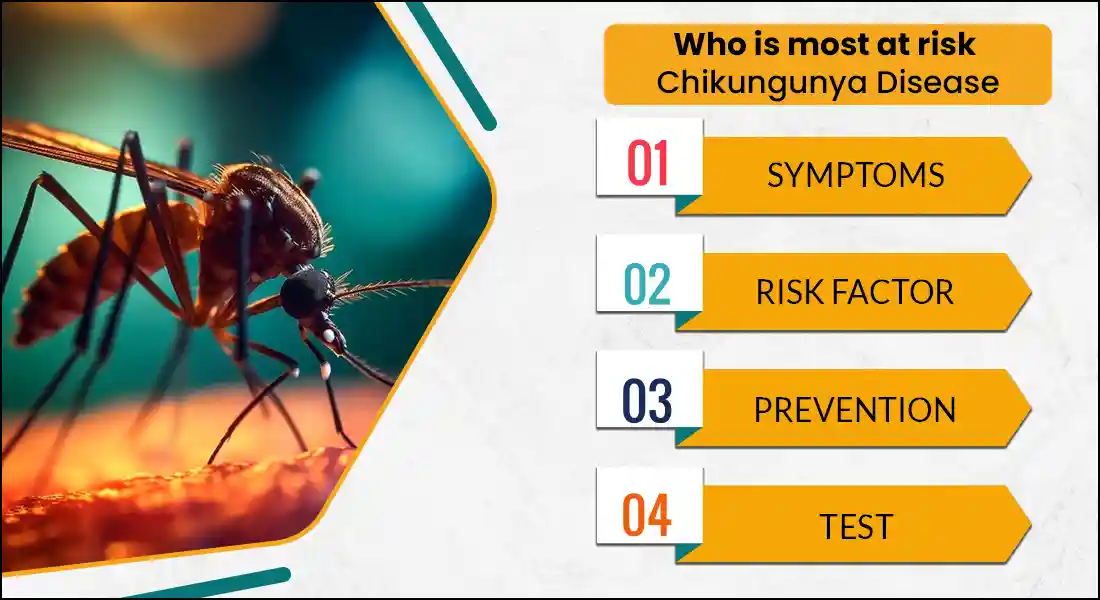

Comments List